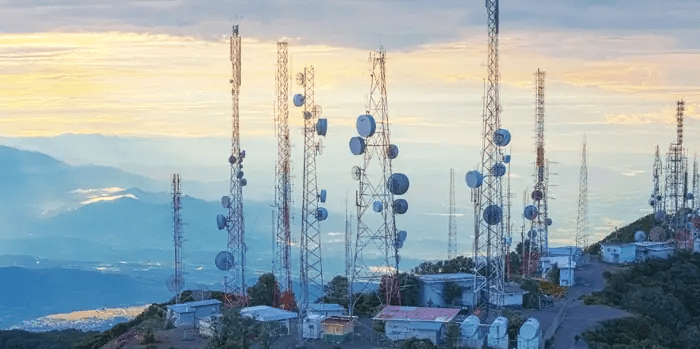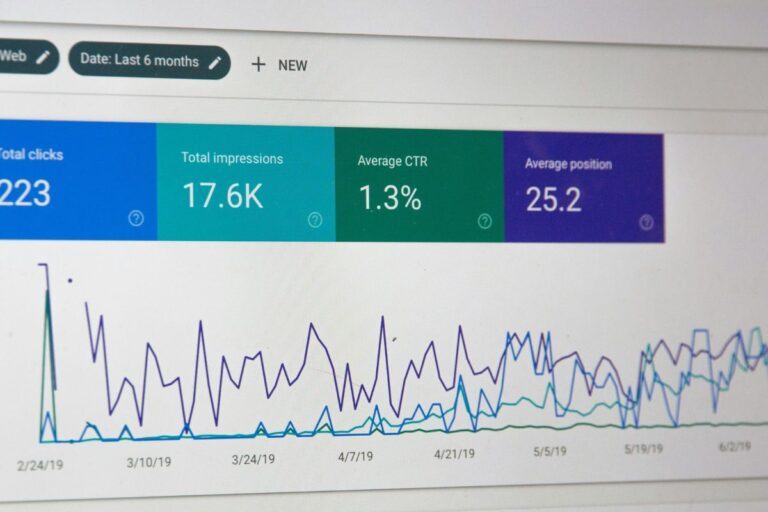A Future-Ready Roadmap for 5G Expansion
Rolling out 5G towers at scale requires more than upgrading antennas. It demands a high-fidelity, data-rich understanding of every tower in your portfolio. Scan to BIM services for telecom infrastructure, including monopoles and SST towers, enable faster upgrades, safer maintenance, and improved cost efficiency by transforming existing assets into intelligent 3D models.
By digitizing the existing asset base, each lattice or monopole structure becomes a living digital twin. Through high-resolution LiDAR and aerial scanning technologies, millimeter-accurate point clouds are generated and converted into BIM objects enriched with metadata such as equipment identifiers, mount elevations, and structural details. These models provide a centralized, verified reference that streamlines engineering workflows and asset management planning.
Engineers can simulate antenna load cases, validate clearances, and plan reinforcements—minimizing guesswork and reducing time on site. When inspection records, imagery, and sensor data are integrated into the model, predictive maintenance strategies become possible, reducing repeat site visits. The result is a safer, smarter, and more efficient tower network—ready for the next generation of connectivity.
Why Scanning to 3D Models is Essential
Scan to 3D modeling addresses major inefficiencies in how telecom infrastructure is documented and maintained. Traditional records—such as outdated blueprints and unverified sketches—often fall short of reflecting real-world conditions. Using terrestrial LiDAR or drone-based photogrammetry, towers are digitally captured in high definition. These datasets are then used to create intelligent models that include key elements like antenna supports, monopole shafts, bracing, foundations, anchor bolts, and platforms. The result is a spatially accurate replica that aligns with survey data and is ready for further engineering use.
A Streamlined Workflow in Four Steps
This transformation typically follows a four-stage process:
1. Reality Capture
LiDAR and drone imaging systems collect millions of spatial data points—no physical climbing required.
2. Point Cloud Cleanup
Vegetation, noise, and irrelevant details are filtered out to produce a clean, usable dataset.
3. BIM Authoring
Specialists build LOD-100 to LOD-500 models covering all tower elements including cable paths, mounts, shelters, and even surrounding terrain.
4. Data Delivery
Final models are shared in formats like Revit or IFC and can be integrated into asset management systems, GIS dashboards, or other planning platforms.
Built for Telecom, Delivered with Precision
What sets this solution apart is the use of telecom-specific object libraries, which include pre-configured equipment like RRHs, microwave units, feeder cables, and structural parts. Each model is geometrically accurate and includes material properties for analysis and engineering planning.
Georeferenced outputs aligned to control points help support permitting and compliance activities. A global service delivery setup ensures timely support—even for urgent infrastructure rollouts.
The Business Case for Scan to BIM
Key benefits of telecom digitization include:
-
50% faster upgrade analysis using reusable digital models.
-
30% reduction in repeat visits due to fully coordinated 3D visuals.
-
Safer tower management by reducing the need for manual site inspections.
-
Real-time asset visibility through connected dashboards showing tenancy, maintenance, and upgrade status.
Building Smarter Networks with Digital Twins
Going beyond structural validation, 3D models act as a foundation for digital transformation. Integrating sensor data and historical maintenance logs allows for proactive condition monitoring. This not only helps reduce downtime and operational risks but also enables data-driven planning for future network expansions.
Your Infrastructure, Digitally Future-Ready
Whether you’re upgrading legacy systems or scaling a next-gen 5G rollout, Scan to BIM transforms physical towers into rich digital assets. These models empower engineers and infrastructure planners to improve safety, speed up deployments, and reduce costs while gaining total visibility over critical assets.














